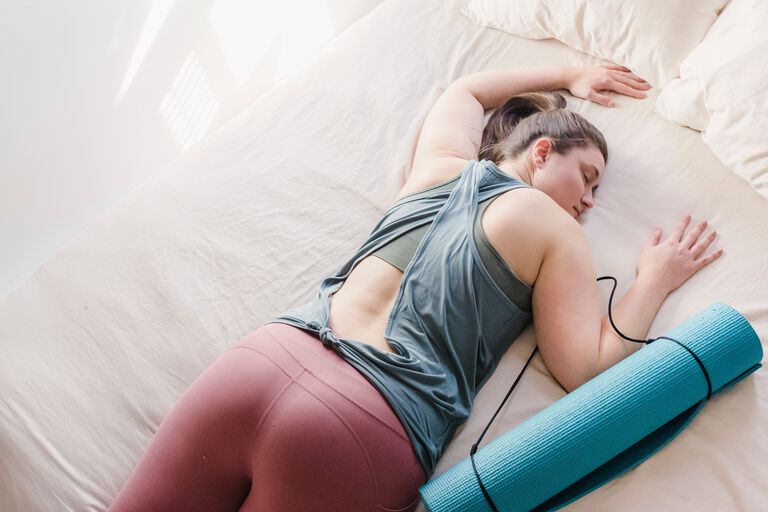Life On Mars: The Future Of Sleep In Space | TEMPUR® UK

With our attention focused on terraforming Mars and making it a new place to live, TEMPUR® look to see how this would affect our sleep. How will we sleep on Mars? How will we sleep on the journey? How do astronauts sleep in space? Read on to find out!
What Is Terraforming?
Terraforming is the, currently hypothetical, process of changing a planet or moon’s environment in order to make it habitable to human life. But how can this be done?
- Warming up the atmosphere – With Mars’ atmosphere being too thin and cold to support water on the surface, there have been numerous ideas on how to heat up the planet’s atmosphere and make it more suitable for human life. Elon Musk has theorised that we can heat up Mars’ atmosphere by exploding nuclear bombs over its polar caps. Claiming that the heat from the explosions would vaporise the frozen carbon dioxide to greenhouse warm the planet and melt the water ice.
- Making the atmosphere breathable – Of course, the major issue with living on Mars is that there is no oxygen, which would make it difficult to breathe. On Earth, plants are responsible for converting carbon dioxide and other gases into oxygen. However, since Mars receives less than half the sunlight as Earth, researchers have suggested that they introduce special micro-organisms on Mars that photosynthesise in low light to create breathable air for humans.
The Journey To A New Planet
After terraforming the planet, we will then have to travel to our new home and with Mars being 33.9 million miles away from Earth, it will take approximately seven months to get there. This will lead to a lot of sleeping in space. You may be asking “how will my sleep be affected on this journey?”
Getting Into Bed
In space there is no “up” or “down”; instead, there is microgravity, which means you will be weightless and will be able to sleep in any position. So, how do astronauts sleep? To ensure that you don’t float away, you can place yourself into a capsule, similar to sleep pods, and strap yourself in using the capsule’s harness.
Setting A Schedule
The main issue you will face when travelling through space is that there is no day and night cycle to help you sleep. So, how is this achieved? Astronauts train themselves to set a 24-hour circadian rhythm. This will allow the body to believe that it is still following the Earth’s day and night cycle. This will ensure that you get your recommended eight hours of sleep.
Sleeping On Mars
You have now arrived on Mars; the atmosphere is set up perfectly for human life. You’ve been set up with a nice comfy mattress. After that seven-month journey, you may well want to get a good night’s sleep. However, there’s only one problem - there is a 37-minute delay to the circadian rhythm on Mars. While this may not seem like a big difference in time, if you are unable to adapt to the planet’s circadian rhythm, you may be faced with long term health problems, due to your body not getting the rest it needs.
Is This Future Possible?
While all these negatives can paint an unpretty picture of the future of intergalactic sleep. We can overcome these issues by training our bodies to adapt to the circadian rhythm cycle on Mars and ensuring that we are able to get the recommended amount of sleep that will be required on our potential new home.




